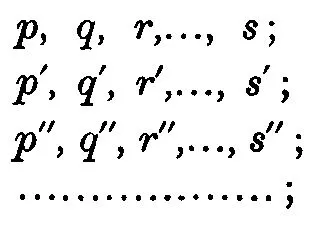
Theory of Groups of Finite Order
William S. Burnside
- 544 páginas
- English
- ePUB (apto para móviles)
- Disponible en iOS y Android
Theory of Groups of Finite Order
William S. Burnside
Información del libro
An unabridged republication of the classic 1911 edition, this volume constitutes both a great historical contribution tomathematical literature and a basic reference book in its field. Suitable for advanced undergraduates and graduate students in mathematics as well as historians of mathematics, the introductory treatment was hailed by International Mathematical News as "more easily comprehensible than most other books on the subject, " and as "a classic work, extraordinarily rich, " by Elemente der Mathematik.
After introducing permutation notation and presenting the definition of a group, author William Burnside discusses the simpler properties of groups that are independent of their modes of representation; composition-series of groups; isomorphism of a group with itself; Abelian groups; groups whose orders are the powers of primes; and Sylow's theorem. Permutation groups and groups of linear substitutions receive an extensive treatment; two chapters are devoted to the graphic representation of groups, and the closing chapter examines congruence groups. Forty-five pages of notes at the back of the book offer ample treatment of special topics.
Preguntas frecuentes
Información
CHAPTER I.
ON PERMUTATIONS.

